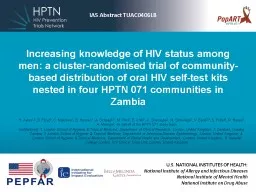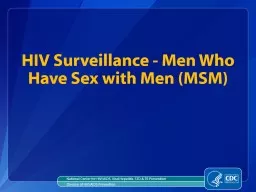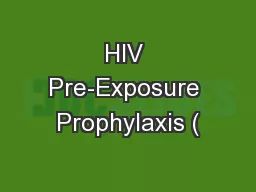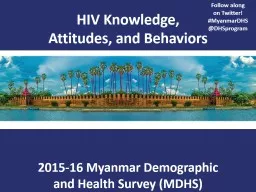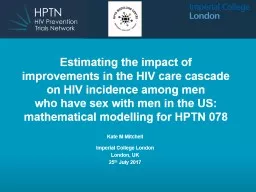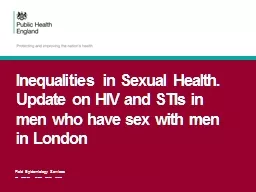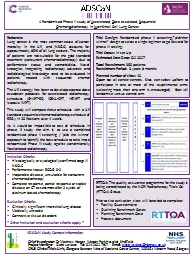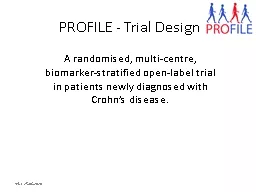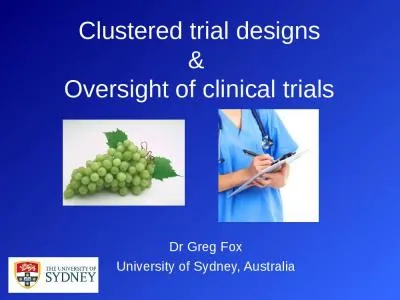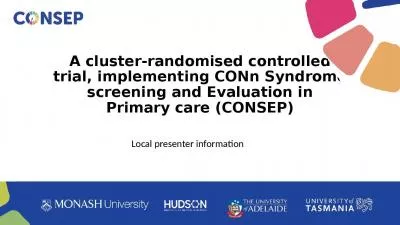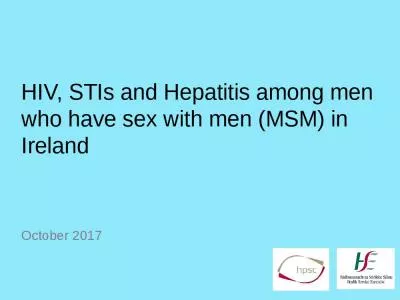PPT-Increasing knowledge of HIV status among men: a cluster-randomised trial of community-based
Author : yoshiko-marsland | Published Date : 2018-12-04
H Ayles 12 S Floyd 3 C Mulubwa 2 B Hensen 1 A Schaap 23 M Phiri 2 B Chiti 2 K Shanaube 2 M Simwinga 2 V Bond 24 S Fidler 5 R Hayes 3 A Mwinga
Presentation Embed Code
Download Presentation
Download Presentation The PPT/PDF document "Increasing knowledge of HIV status among..." is the property of its rightful owner. Permission is granted to download and print the materials on this website for personal, non-commercial use only, and to display it on your personal computer provided you do not modify the materials and that you retain all copyright notices contained in the materials. By downloading content from our website, you accept the terms of this agreement.
Increasing knowledge of HIV status among men: a cluster-randomised trial of community-based: Transcript
Download Rules Of Document
"Increasing knowledge of HIV status among men: a cluster-randomised trial of community-based"The content belongs to its owner. You may download and print it for personal use, without modification, and keep all copyright notices. By downloading, you agree to these terms.
Related Documents

